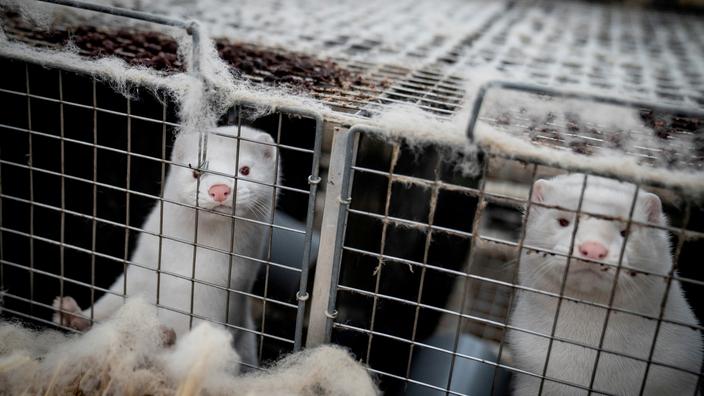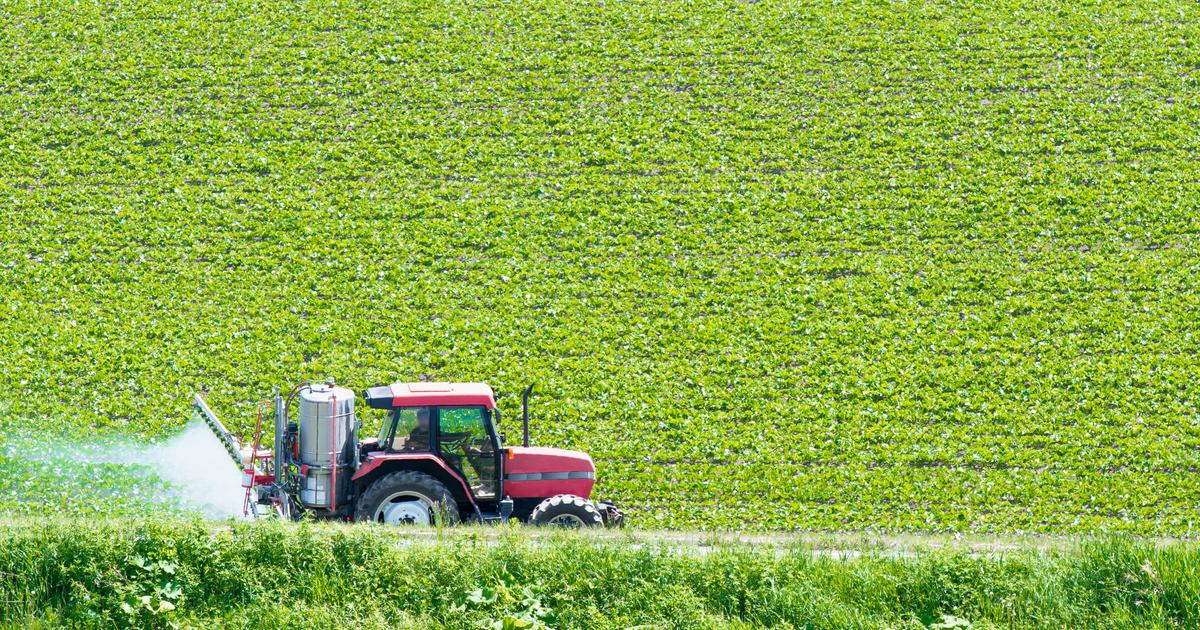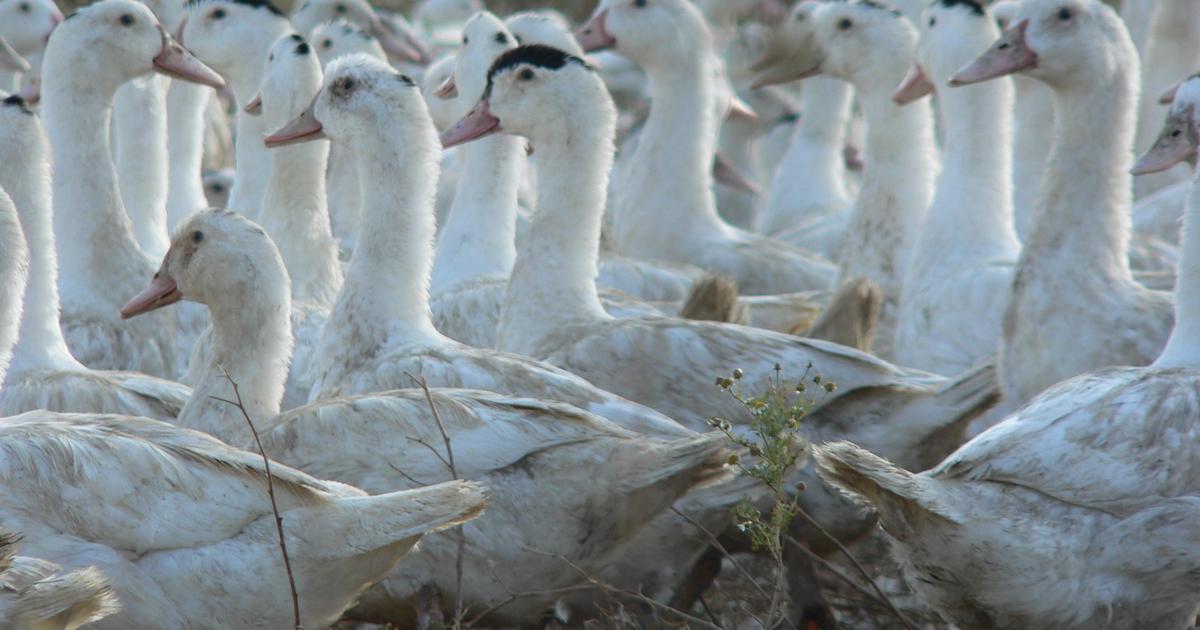Denmark voted on Monday, December 20 a law banning the breeding of mink until January 1, 2022. In the event of non-compliance, all the herd may be euthanized.
Two months earlier a major controversy erupted in the country, the world's leading breeder of these mammals, after 15 million mink had been exterminated for fear of transmission of Covid-19.
Back on two months of turmoil with political, economic and health repercussions.
Suspicious minks
The decision shook the veterinary world.
On November 4, Denmark, the leading exporter of mink, mammals prized for their fur, ordered the elimination of all its livestock "
as a precaution
".
The discovery of a Covid-19 mutation in animals with potential transmission to humans worries not only scientists but also Danish authorities.
According to the first studies, taken up by the WHO, the form of the mutation of "
Cluster 5
" could lead to a lower effectiveness of human antibodies, thus threatening the development of a vaccine against Covid-19.
In a few days, more than 1000 farms were gassed, incinerated or buried en masse using excavators in pits.
More than 15 million mink have been killed as a precaution.
RITZAU SCANPIX / via REUTERS
Read also: Covid-19: in Denmark, minks have become the number one public enemy
In addition to the health crisis, there is the political crisis.
Quickly, the Danish press seized on the subject, which it called “
minkgate
”, “
mink
” meaning “
mink
”.
Danish journalists reveal that the order to slaughter all mink, including healthy animals located outside the foci of contamination, has no legal basis.
The controversy mounts and leads to the resignation of the Minister of Agriculture, Mogens Jensen, who admits that "
mistakes
" were made.
Read also: Covid-19: in Denmark, legal imbroglio around the general slaughter of mink
It was not until November 19 that the Danish Minister of Health indicated that the mutation was "
very probably extinct
".
In a statement, the authorities add that "no
other case of the mutation from mink, Cluster 5, has been detected since September 15
" and hope that the contagion has dissipated on its own.
On November 26, Prime Minister Mette Frederiksen apologized for the management of the mink crisis, which she had decided to slaughter.
“
I consider that there is reason to apologize for the unfolding of the facts.
I have no problem saying sorry for that because mistakes have been made,
she said in tears.
It's important to remember that it's not the breeders' fault, it's the corona's fault, if the industry can't continue
”.
Read also: Goals shot: in tears, the Danish Prime Minister apologizes for the management of the crisis
A month later, on December 20, the Danish executive announced that four million mink slaughtered and buried in the emergency will be dug up next year in order to avoid local soil pollution with phosphorus and nitrogen. .
At the end of a majority agreement in Parliament, it is decided that the millions of corpses will be brought out of the earth when their possible contagious risk has completely disappeared, to be then incinerated as ordinary waste, the Ministry of Agriculture said in a report. communicated.
"This prevents mink from being treated as dangerous biological waste,"
said the ministry, thinking in particular of burning them after having coated them with detergent and covered with lime.
The next day, the Danish parliament adopts a law banning mink breeding until January 1, 2022, thus giving,
a posteriori
, a legal basis for its decision to slaughter its entire herd of more than 15 million animals. to fight against Covid-19.
A blow for the profession which fears to disappear definitively despite a possible recovery in 2022. They “
have sacrificed their work of a life for the common good.
We owe them a big thank you,
”Agriculture Minister Rasmus Prehn said on Twitter on December 21, recalling the compensation put in place, up to 23 euros per lost animal.
Read also: Covid-19: are the mutations observed in mink dangerous for humans?
At a time when a Covid-19 mutation that appeared in the United Kingdom, worries the whole of Europe, did the genetic evolution observed in mink constitute a risk for the population? Yes, answers the journal Science, which reveals the results of a study carried out on several farms, published on November 10. For scientists, "
mink is a risk factor for contracting Covid-19
". It is therefore "
important to continue research on mink and other species of mustelids to understand whether these species risk becoming a reservoir for Covid-19
". Other scientists, such as Marion Koopman, a Dutch virologist, consider it probable that the mink is even "
the last link in the chain connecting the bat to man
".



/cloudfront-eu-central-1.images.arcpublishing.com/prisa/QNGKAJVA35D7BER25KAR7IOHMM.jpeg)





